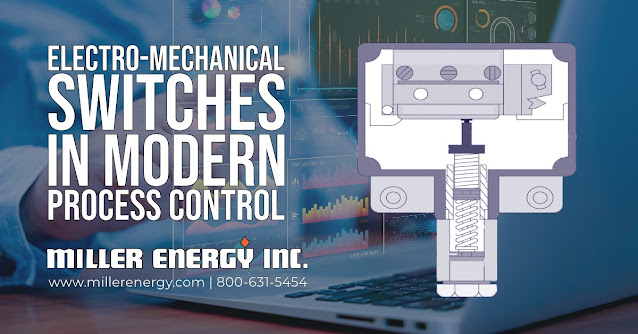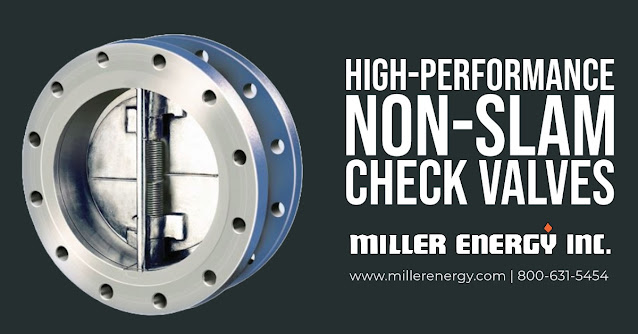As industries evolve, the demand for more innovative, efficient, and safer valve automation technologies becomes paramount. Over the next five years, significant advancements will reshape the landscape of industrial valve automation. These innovations will improve operational efficiency, safety, environmental sustainability, and integration capabilities.
Enhanced Predictive Maintenance Capabilities
One of the most significant trends will be the advancement of predictive maintenance technologies. Valve automation systems will predict failures before they occur by leveraging the power of Internet of Things (IoT) sensors and advanced analytics. This proactive approach will drastically reduce downtime and maintenance costs. Companies will integrate sensors directly into valve actuators, collecting real-time pressure, temperature, and flow rate data. Advanced algorithms will analyze this data to predict wear and tear, enabling maintenance teams to address issues before they lead to system failures.
Integration of Artificial Intelligence and Machine Learning
Artificial intelligence (AI) and machine learning (ML) will be crucial in the next generation of valve automation systems. These technologies will enhance decision-making processes, allowing for real-time adjustments and optimization of valve operations. AI-driven systems will analyze historical and real-time data to optimize flow rates, reduce energy consumption, and minimize emissions, improving efficiency and contributing to more sustainable industrial practices.
Development of Smart Valves
The emergence of smart valves will revolutionize valve automation. These valves, equipped with embedded sensors and connectivity, will offer unprecedented control and monitoring capabilities. They will communicate directly with central control systems, providing detailed information about their status and the processes they control. This level of integration will enhance process efficiency, safety, and reliability.
Advancements in Safety and Security
As cyber threats become more sophisticated, the need for secure valve automation systems has never been greater. Over the next five years, we will see significant advancements in the security protocols of valve automation systems. Manufacturers will incorporate advanced encryption methods and cybersecurity measures to protect against unauthorized access and cyber-attacks. Additionally, safety features will advance to protect against physical threats, such as overpressure or chemical leaks, enhancing overall plant safety.
Greater Compatibility and Standardization
Interoperability between different systems and components will become a key focus. The industry will move towards greater standardization and compatibility, facilitating easier integration of valve automation systems with other hardware and software. This will allow for more flexible and scalable solutions, enabling businesses to adapt quickly to changing market demands.
Conclusion
The next five years will bring transformative changes to industrial valve automation technology. With advancements in predictive maintenance, AI, intelligent valves, cybersecurity, and standardization, industries will achieve higher efficiency, safety, and sustainability levels. These innovations will drive operational excellence and pave the way for a more connected and intelligent industrial future. As we move forward, companies that embrace these advancements will lead the way in their respective fields, setting new standards for performance and innovation.
800-631-5454
https://millerenergy.com






